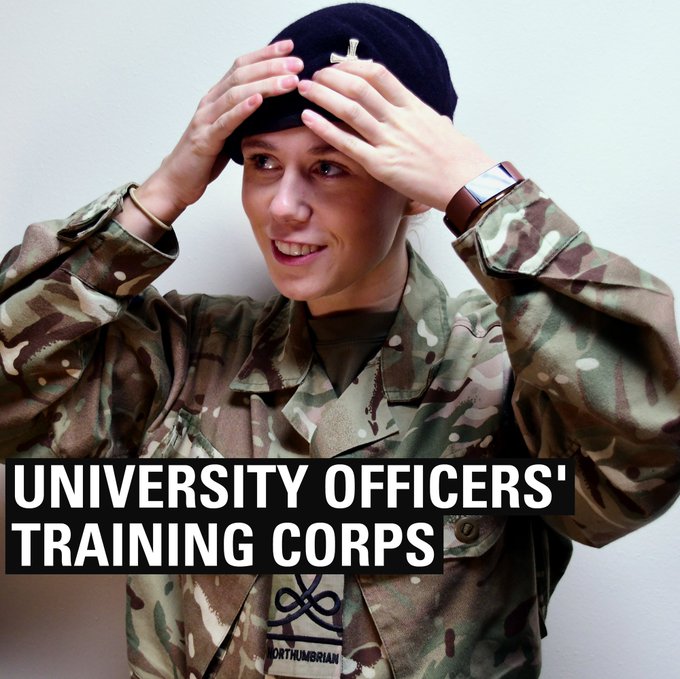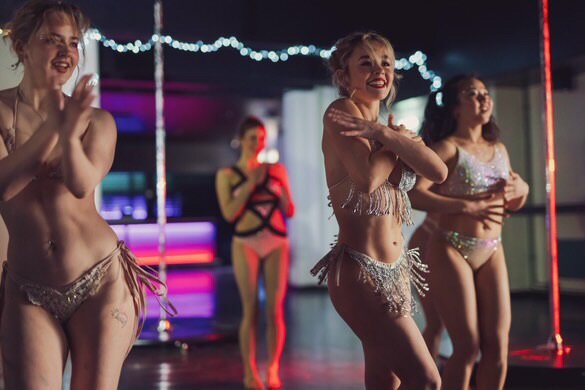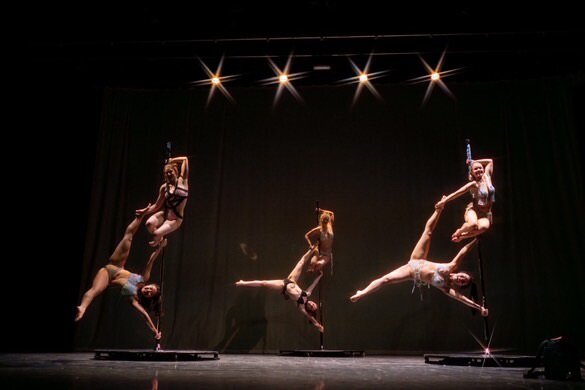One thing that’s changed since Eve started pole dancing is her attitude towards the world of sex work and the women involved in it.
There’s a concept, she explained to me, called “the whorearchy”—a sort of scale of value among sex workers, according to how close they have to get to customers. It’s really a scale of vulnerability, and it should come as no surprise that trans women and women of colour fall disproportionately at its more dangerous end. According to the whorearchy, pole dancers are a rung above strippers, and pole fitness is a different thing again.
When Eve started out in the sport, she was anxious not to be confused with a pole dancer, or anyone else on the scale. I remember her once calling someone out, at a pole class, for referring to her shoes as “stripper heels.”
Part of the issue is that, as a reserve officer, there are strict rules keeping the two worlds apart. Eve can class pole fitness training sessions as part of the mandatory exercise regime that all reservists have to undertake. What she absolutely can’t do, as far as the army is concerned, is advertise any paid content or sex work.
Over the years, though, Eve’s perspective on the whorearchy has shifted.
Rather than trying to build walls between the women who use pole dancing for fun and fitness, and those who use it to make money, she’s found that it’s better to embrace the diverse choices women make. Always a strong advocate for poles as an inclusive and safe space, she has begun to use her voice on issues that face all kinds of pole dancers, without judgements about their motives or status.
Eve thinks the professional pole space is getting better, too—safer and more inclusive. “I’ve only been in there for five years. I know people have been in it for like 15 or 20. It’s definitely come a long way, and I think it will keep going.”


